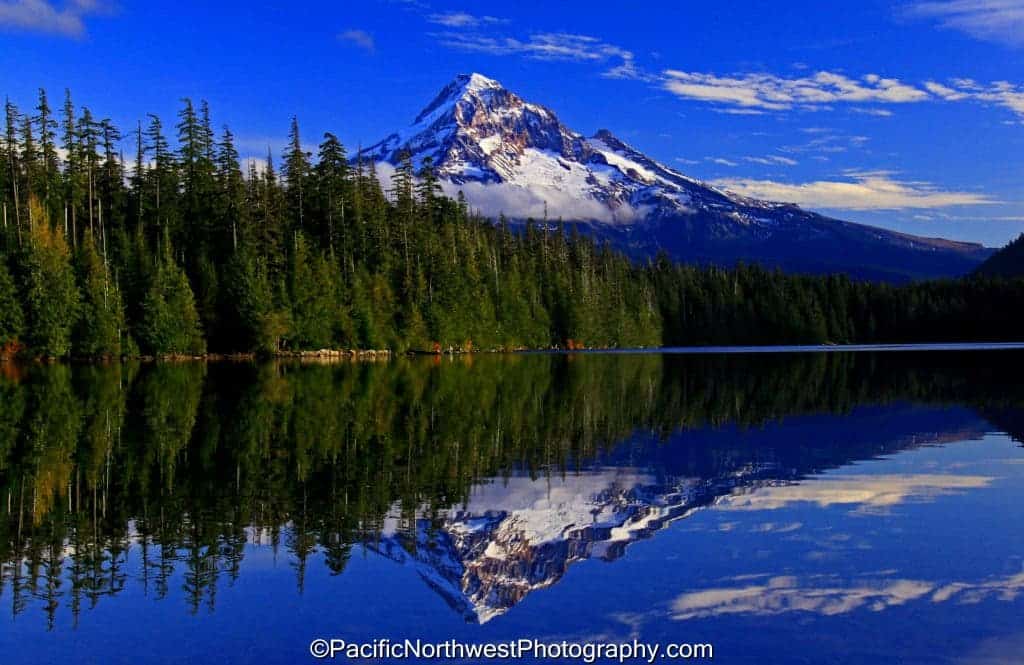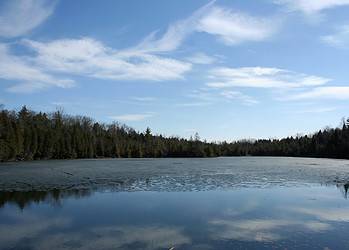Every year, in Oregon, a mysterious lake fills up with snow melt, and then every year it disappears; it’s a natural wonder that had many scientists puzzled as to where the water is going, but now, the mystery is out: the water appears to go into a lava tube.

They call it the Lost Lake, and for good reason – the water just seems to vanish. As it turns out, the explanation is quite simple, though really cool: the area’s geological landscape is to blame for this phenomenon, as the water simply seeps into a lava tube.
Lava tubes are natural channel-like features formed by flowing lava which moves beneath the hardened surface of a lava flow. Tubes can be actively draining lava from a volcano during an eruption, or can be extinct, meaning the lava flow has ceased and the rock has cooled; this seems to be the case in Oregon.
As the snows in the Mount Hood National Forest start to melt, the lake starts to fill with water, but the inlet that connects the lake to the lava tube is still frozen. However, as temperatures continue to rise, the frozen inlet also melts, and the water has a free passage to the lava tube. It’s a pretty neat coincidence, and one that attracts numerous tourists.

Unfortunately, tourists have been throwing all sorts of things into the lake, something which Jude McHugh, a spokesperson for Willamette National Forest has advised against.
“If anyone was ever successful at plugging it, which we’re not sure they could do, it would just result in the lake flooding, and the road,” she said. “It’s an important part of how the road was designed.”
This video, shot by the Bend Bulletin, actually shows the lava tube lapping up the water, a process that continues until all the water in the lake disappears.






